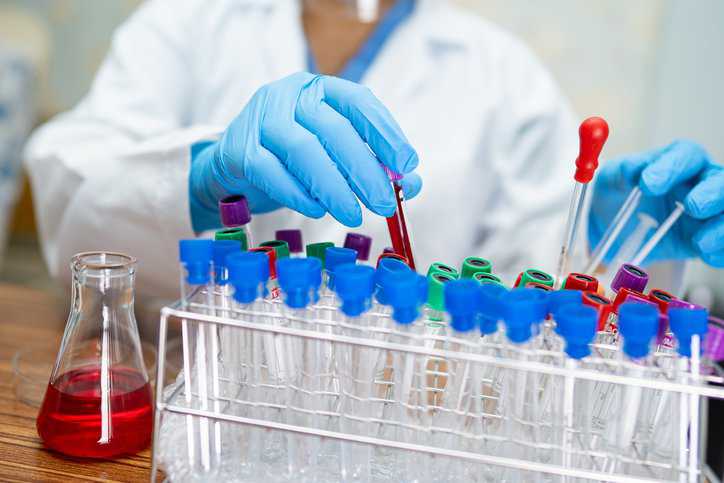Anticoagulants are medicines that help prevent blood clots. They are given to people at high risk of blood clots, reducing their chances of developing serious, life-threatening conditions such as strokes, pulmonary embolisms, and heart attacks. Between 2014 and 2019, total anticoagulation claims increased from 23.5 to 30.6 million (+30%); this was driven primarily by sharp increases in apixaban (0.9–12.1 million) and rivaroxaban (3.2–6.3 million). ASTM E1048-88(2021): Standard Specification For Color-Coding Pipets Or Containers Coated With Anticoagulants establishes a color-coding system to identify the anticoagulants used in coating pipets or containers.
What Color Tubes Have Anticoagulants?
Laboratory tube collection is a process applied when withdrawing blood samples from patients before they get tested in the laboratory. Different tests and biochemical assays require varying types of sample collection tubes. Tubes are color-coded for practical and easy identification.
The green tubes contain heparin (can either be in the form of sodium heparin, lithium heparin, or ammonium heparin). Heparin acts as an anticoagulant by inhibiting thrombin formation. Unlike red tubes (there is no anticoagulant or additive inside), the type of blood produced in a green tube needed for testing is not serum but plasma. Green tubes are frequently used in requesting “stat” or immediate blood chemistry results for emergency cases.
What Is ASTM E1048-88?
ASTM E1048-88(2021) covers a system to identify the anticoagulants used in coating pipets or containers not exceeding 1 mL in volume. It aims to ensure that if a color code is used with an anticoagulant, all manufacturers will be encouraged to use the same code. This standard is not intended to require color coding.
When Are Anticoagulants Used?
When blood clots work like they are supposed to, they form at the site of an injury that needs repair and stay put. When clots do not stay in one place nor form in your bloodstream, they can be extremely dangerous. If a clot is too large, it can get stuck in a smaller blood vessel. If that smaller blood vessel is in a critical location, it can block blood flow that one of your organs needs to survive. Anticoagulants are used to protect individuals who have a condition or disease that could cause them to have any clot related events (heart attack, strokes, etc.,).
What Are Types of Anticoagulants?
The most commonly prescribed anticoagulant is warfarin. Newer types of anticoagulants include rivaroxaban, dabigatran, apixaban, and edoxaban. All these types of anticoagulants can be taken as tablets or capsules. Another type called herapin can be given via injection.
How Do You Use a Micropipette?
Micropipettes are a commonly used in laboratories to aspire and dispense small amounts (<1 ml) of liquid. They are precision instruments that are designed to accurately and preciselytransfer volumes in the microliter range. The scales on micropipettes are in microliters (1000 μl = 1 ml). Here are some steps to follow when using a micropipette:
- Select the volume
- Set the tip
- Press and hold the plunger at the first stop
- Place the tip in the liquid
- Slowly release the plunger
- Pause for a second and then move the tip
- Insert the tip into the delivery vessel
- Press the plunger to the second stop
- Pause for 2 seconds
- Remove the tip
- Release the plunger
- Eject the tip into the waste container
ASTM E1048-88(2021): Standard Specification For Color-Coding Pipets Or Containers Coated With Anticoagulants is available on the ANSI Webstore.
